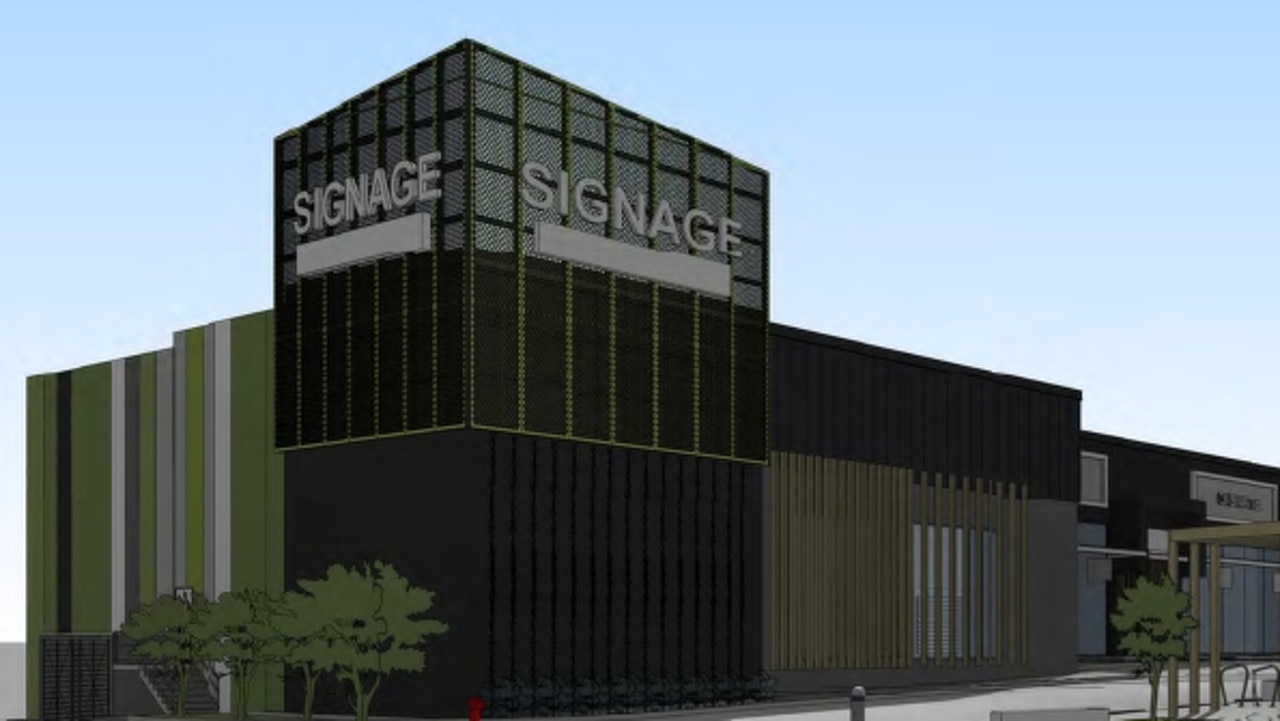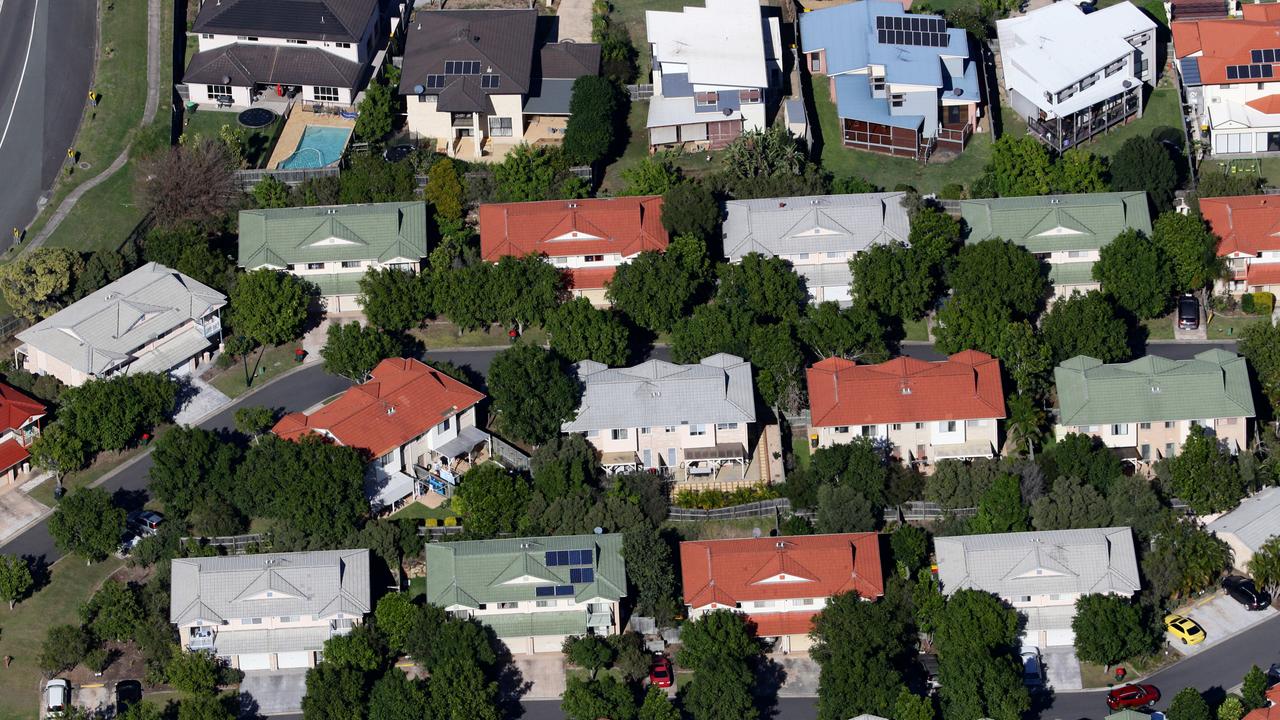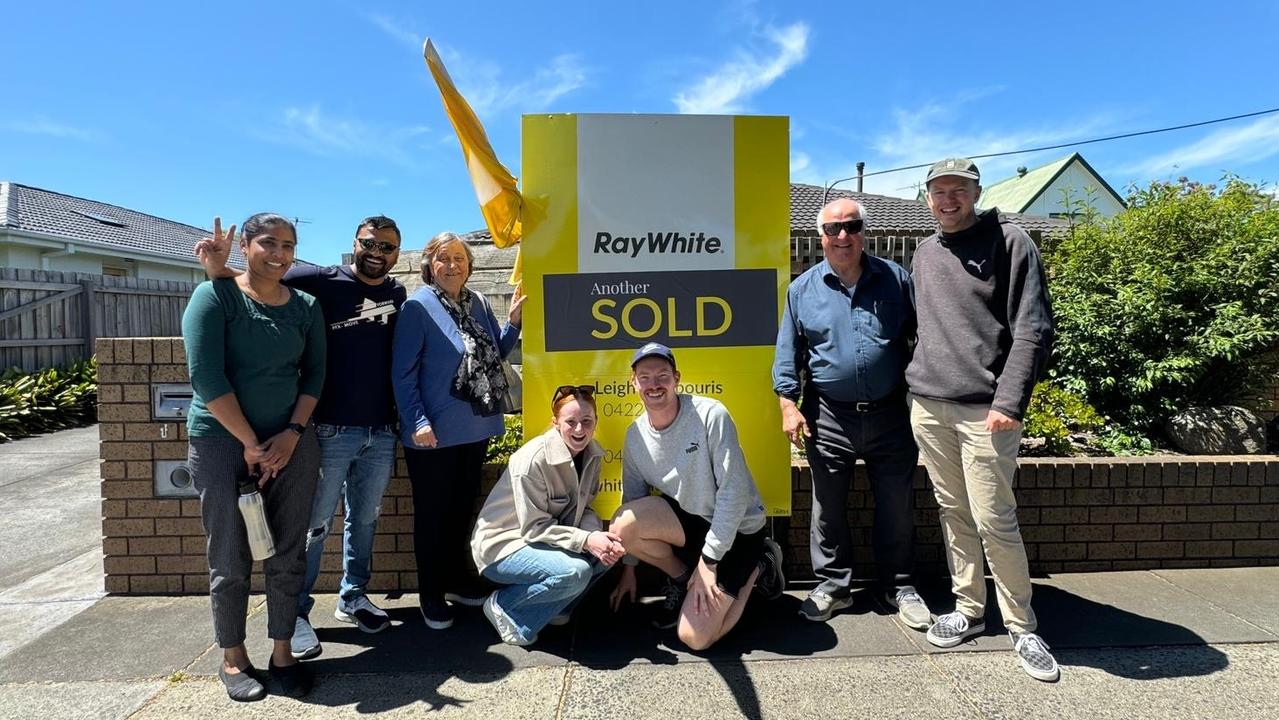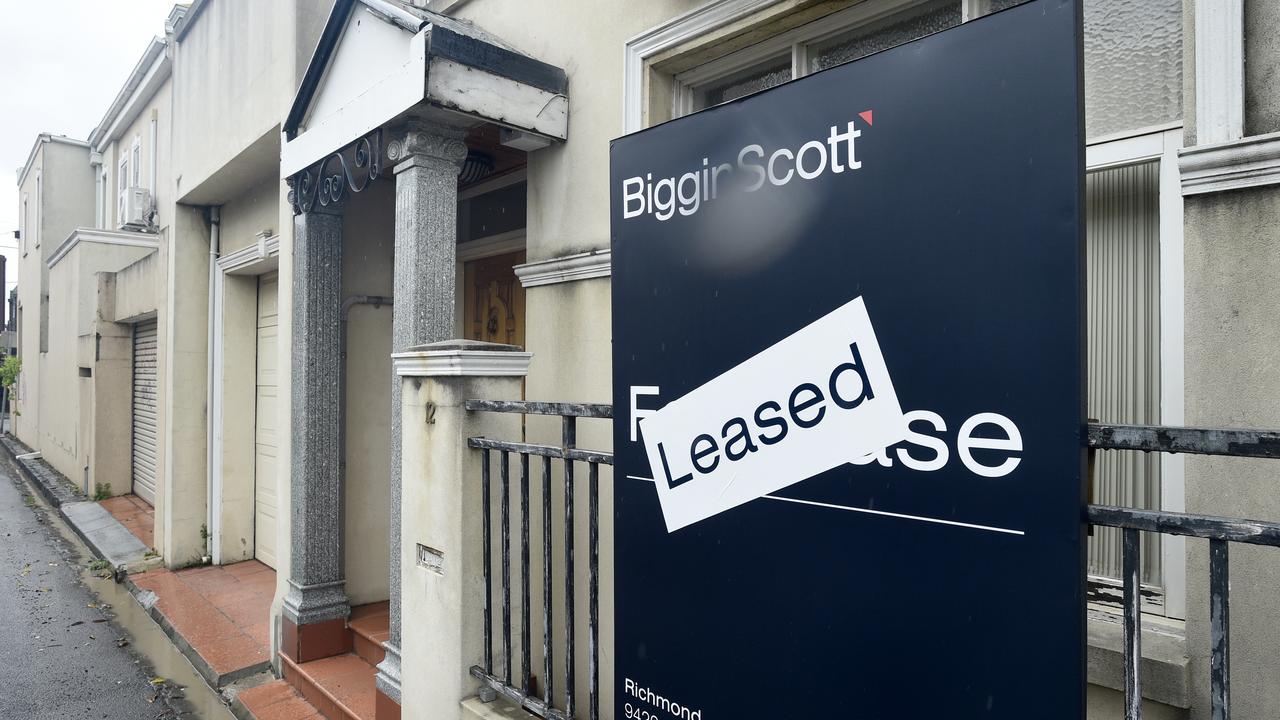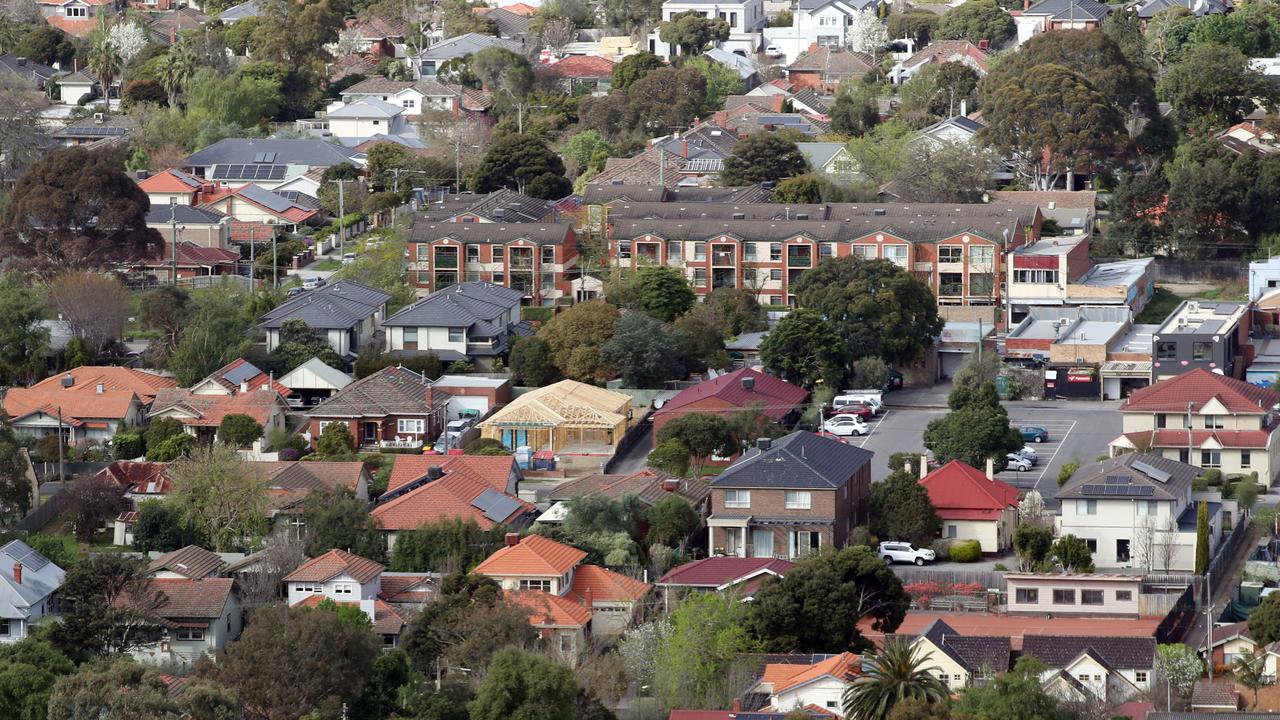Geelong suburbs where most rental homes are disappearing from market
Geelong’s rental market loses over 1600 homes in a year as landlords sell due to rising costs, including mortgages and land tax. New data reveals the suburbs worst hit.
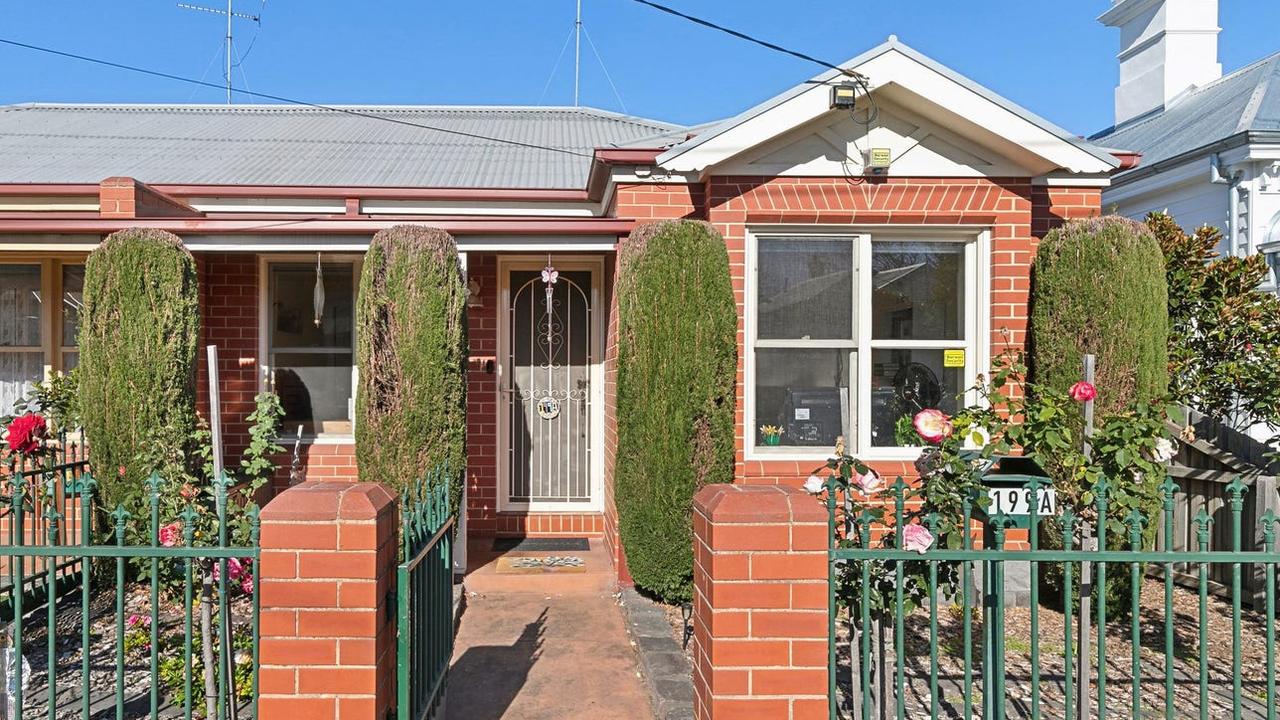
Property
Don't miss out on the headlines from Property. Followed categories will be added to My News.
More than 1600 homes have disappeared from Geelong’s rental market in the past 12 months as mum and dad investors sell up amid soaring costs, with new data revealing the suburbs worst hit.
The Suburbtrends analysis of homes placed on the market in the 2024 financial year reveal ex-rental homes made up close to a quarter of sales, with areas popular with renters and the region’s most affordable suburbs the hardest hit.
Landlords are continuing to sell up as a financial double whammy of soaring mortgage costs and a higher and new compliance costs on top of the state government hiking land tax see owners bank mounting losses.
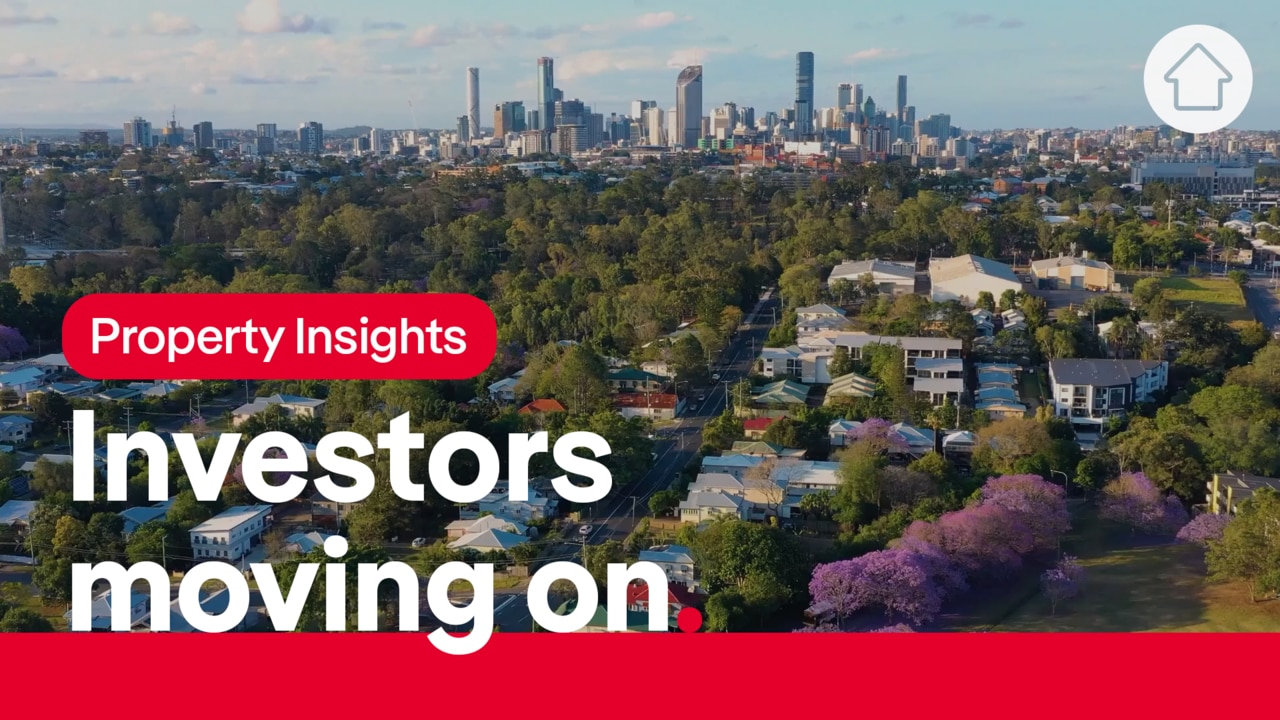
RELATED: Dream home in Hamlyn Heights bucks downturn in early sale
Paparazzo, ex-mayor’s weird unit up for rent for $3500 a week
The suburbs bucking Geelong’s housing price slump revealed
Other costs adding up include body corporate fees for units and potential renovations for owners of older rental homes.
The 3218 postcode, including Geelong West, Manifold Heights and Herne Hill, had the biggest proportion of ex-rentals selling, comprising 26 per cent of homes put up for sale.
Even today, the Geelong West market offers an unseasonally high number of units for sale that had previously been rented out.
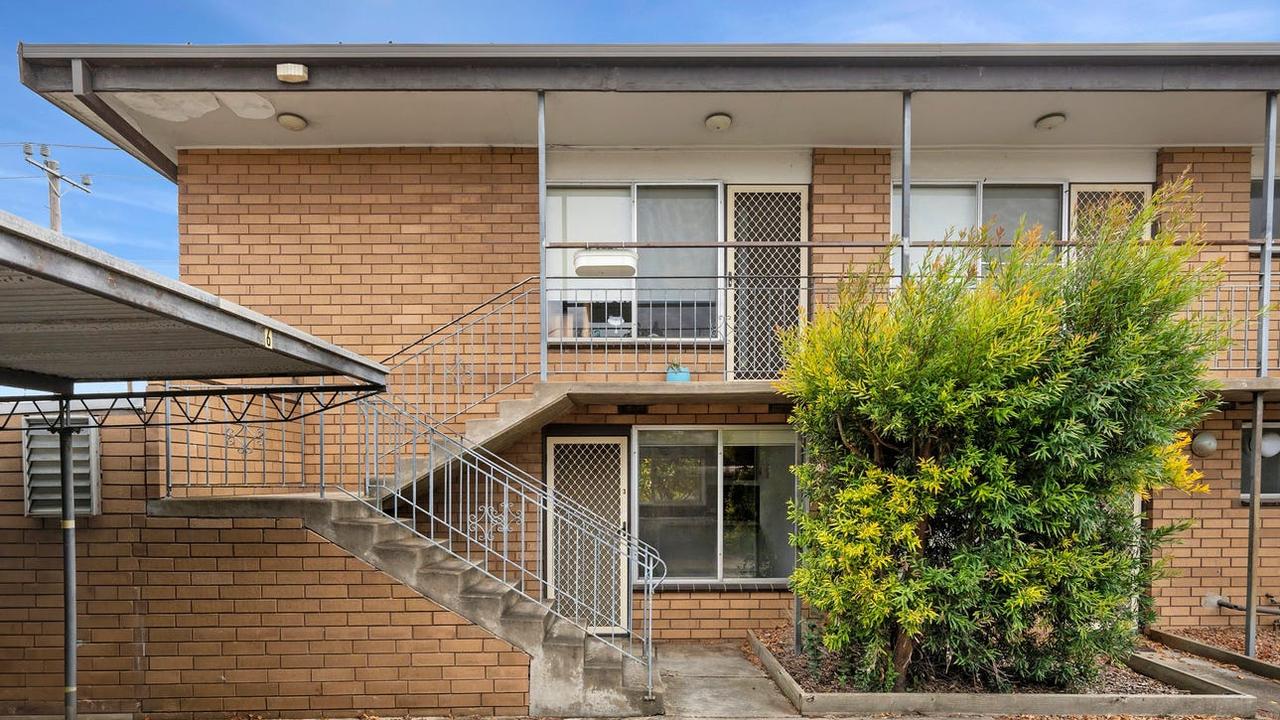
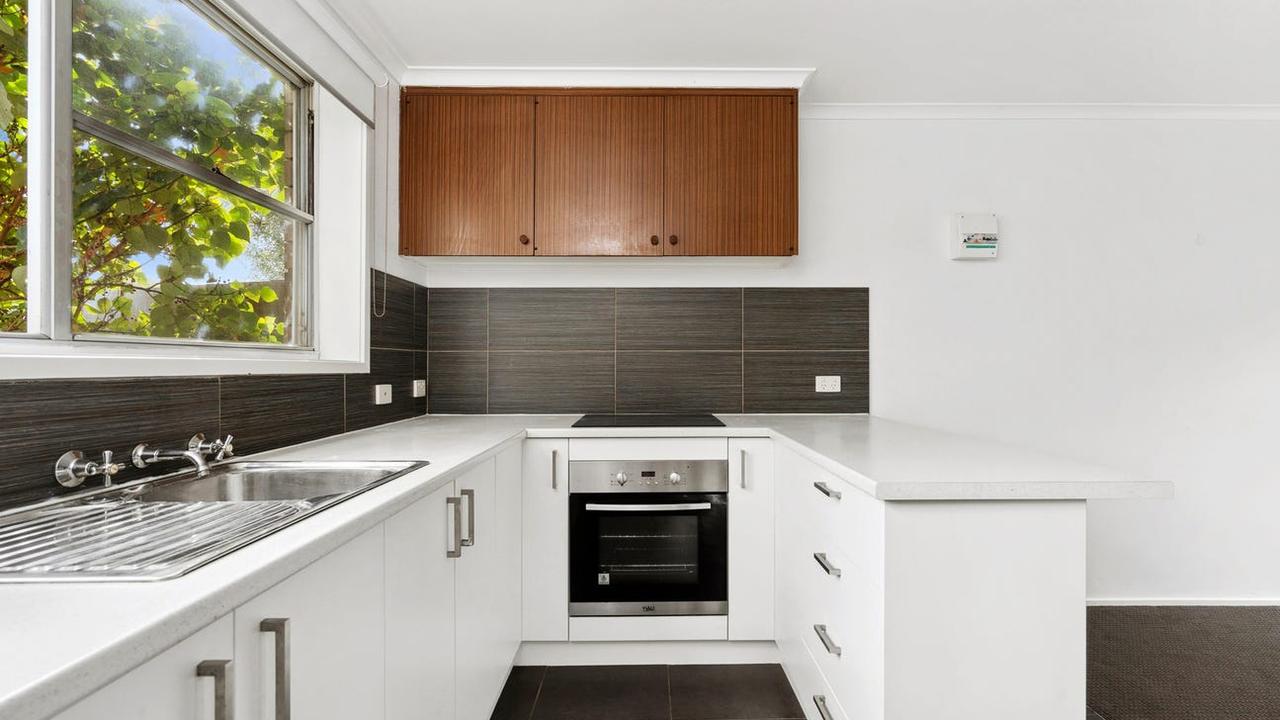
Perhaps more concerning for renters on tighter budgets, given that new PropTrack figures show Geelong’s vacancy rate continues to hover around 1.5 per cent, is the most affordable suburbs such as Corio, Norlane, Breakwater and Whittington were grouped in postcodes where 24 per cent of sales were ex-rental homes.
There were 181 rental homes listed for sale in Corio and Norlane – the second largest volume in Geelong – with 137 in the eastern suburbs represented in the 3219 postcode.
The 3216 postcode – including Belmont, Highton and Grovedale – saw 363 ex-rentals go on the market, though it represented 14 per cent of sales in the region’s largest postcode.

Suburbtrends analyst Kent Lardner said the landlord exodus in some suburbs meant the loss of critical rental stock at a time when more housing was urgently needed.
Soaring mortgage costs were the main driver of the increased investor sales in many markets, Mr Lardner said.
“It comes down to cost of living pressures. Negative gearing makes sense if your investments are profitable but it becomes a lot less attractive when you’re digging deep into your own pocket each month to pay for an investment,” Mr Lardner said.
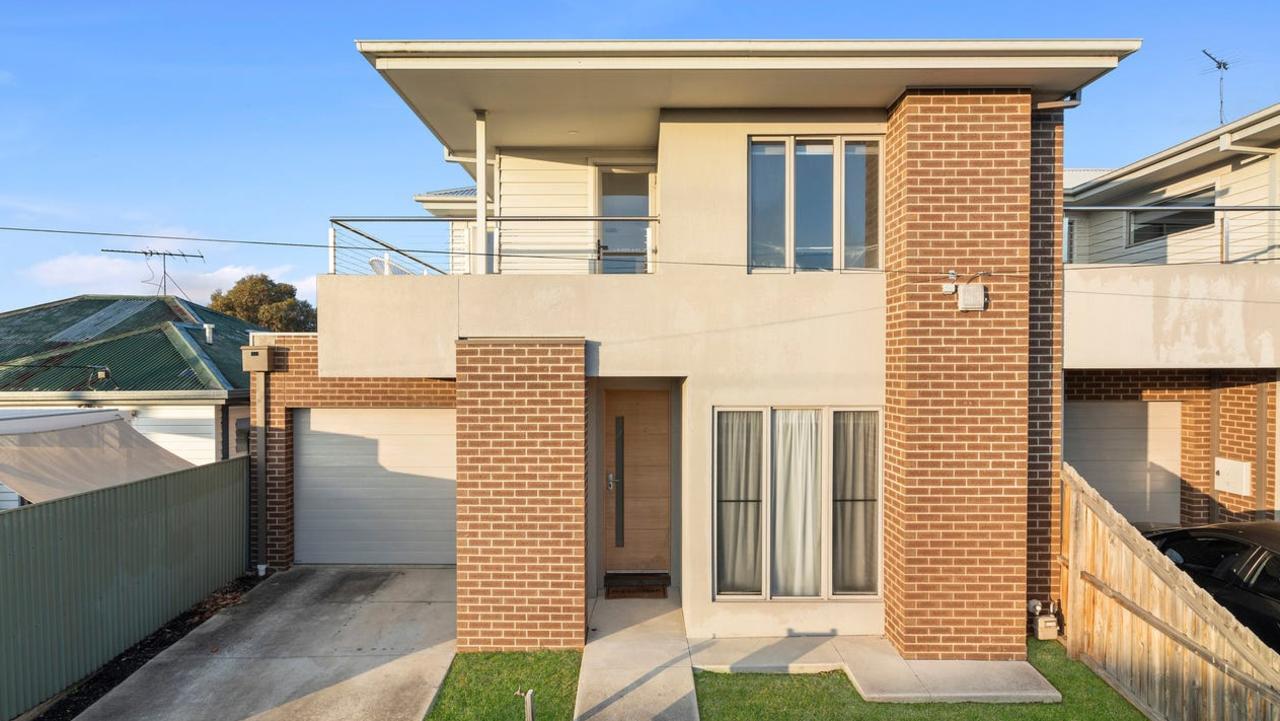
“Investors who bought three or four years ago are the ones most reactive to rate hikes. Many didn’t plan for this level of interest rate.
“We know many of these investors bought thinking rates wouldn’t go up. It was something the Reserve Bank had even said at the time, so it’s no surprise that it caught a lot of people short.”
Harcourts, North Geelong head of property management Helena Fantela said even though landlords continued to sell up, more rental properties were reaching the market.
“We will list new properties between probably 20 a month. But then, each month we could lose 15 to 20 as well,” Ms Fantela said.
“We’re seeing a lot (of new homes) coming on in Armstrong Creek and Charlemont, and renovated homes. A lot less are older homes in Norlane and Corio.
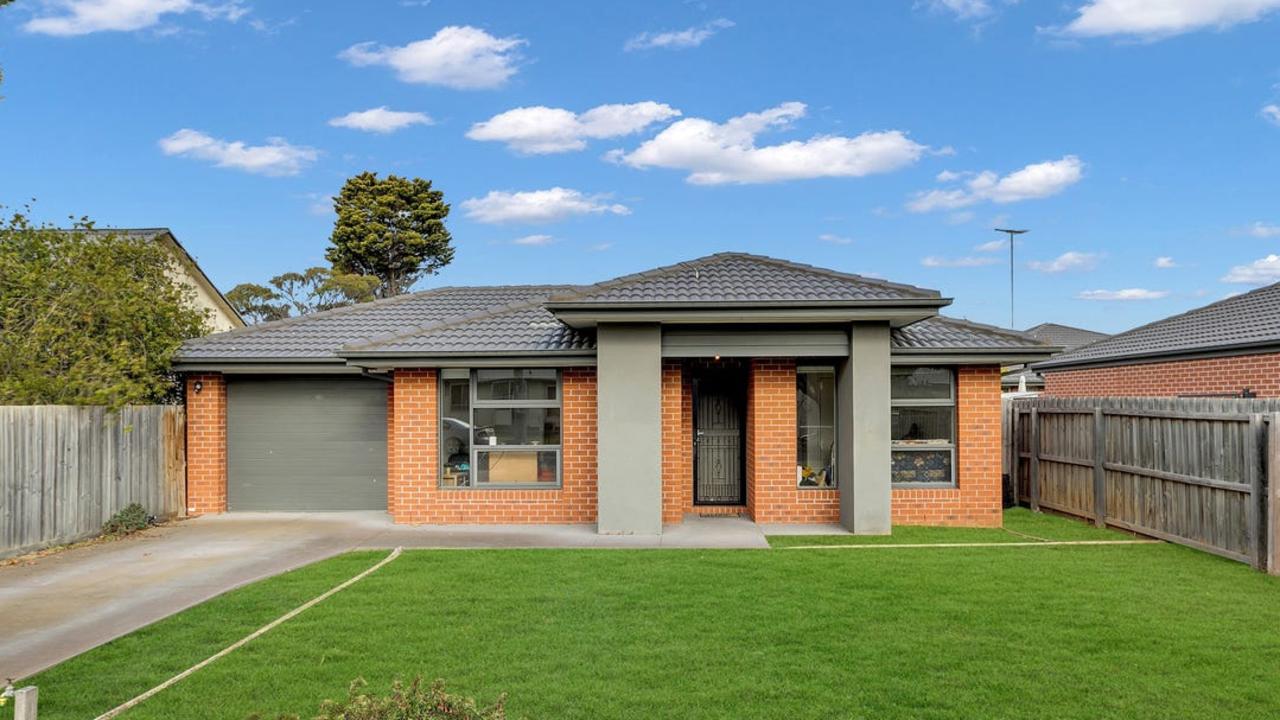
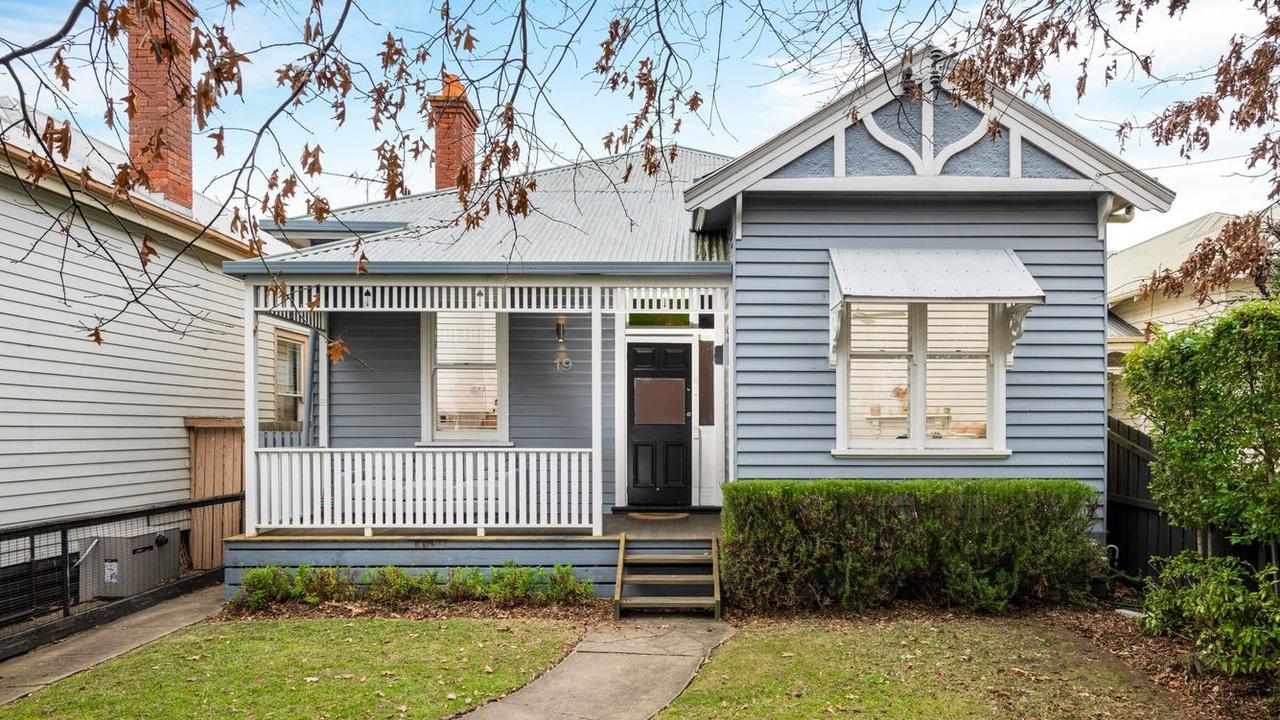
“A lot of owners that are selling have said to us with interest rates going up, with the land tax and the extra compliance costs, they can get a better return elsewhere with less stress.
“It’s normally mums and dads. Most of our properties are just owners that have one property. “They’re using it as super, or as a legacy for their children and they just said it’s not worth the return and the stress.”
Harcourts property and business development manager Hayley Hodgson said new investors were largely younger couples or families with dual incomes, typically aged between 30 and 45, and many were holding on to their first homes as a rental after relocating elsewhere or upgrading to a bigger home.
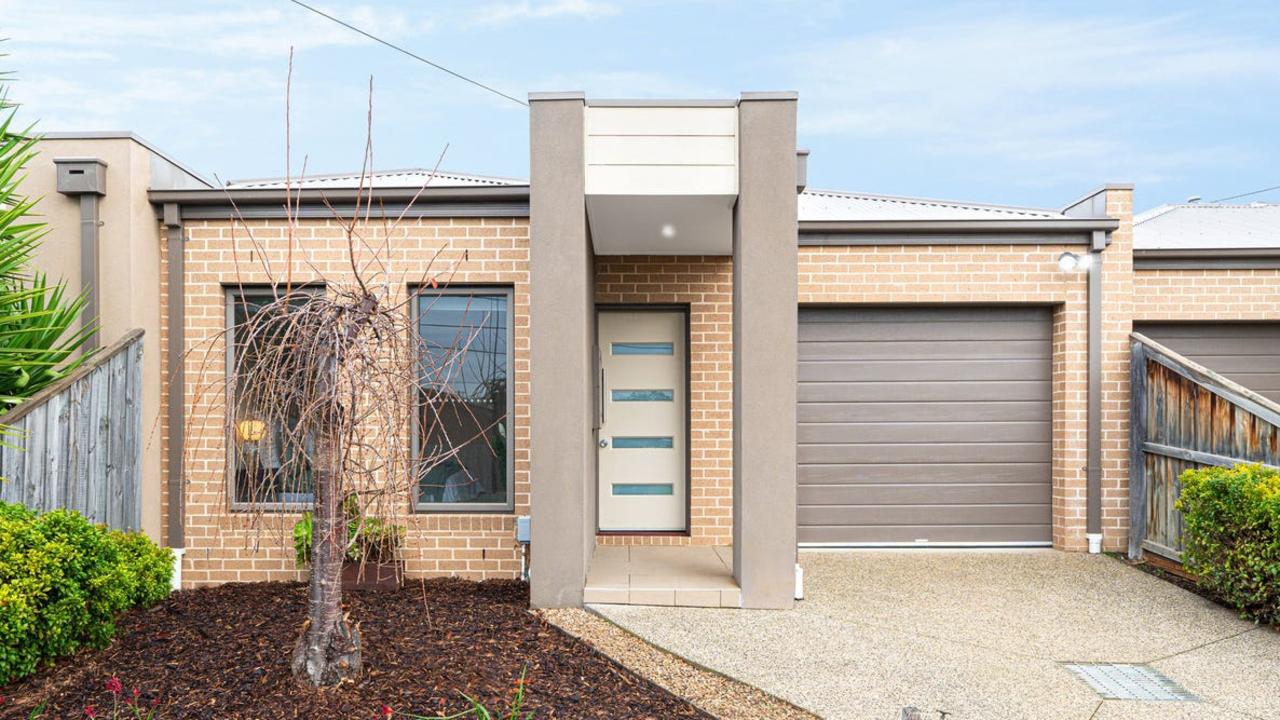
Buxton Geelong director Ben Riddle said although investor stock was high in the market, that didn’t equate to buyers being able to take advantage as the cost to get a mortgage had increased.
The quiet market conditions are expected to linger for the rest of the year, he said.
“What we’re finding ironically is that a lot of these properties are leaving the rental cycle and there’s actually more pressure on tenants to pay more for better stock, as there’s less property in the pool itself.
“So all of these measures that have been introduced by the government aren’t having anything positive, no matter what part of the property cycle you’re in.”

PropTrack senior economist Anne Flaherty said the Geelong market had cooled off a little bit over the past few years, and its vacancy rate remained lower than it was 12 months ago.
“The fact that we are seeing the vacancy rate pick up a bit, it’s a positive sign for renters who are looking for homes,” she said.
“But again, it’s still incredibly low. So the options out there are still very scarce.”
Vacancy rate is 1.56 per cent in June.
Originally published as Geelong suburbs where most rental homes are disappearing from market


